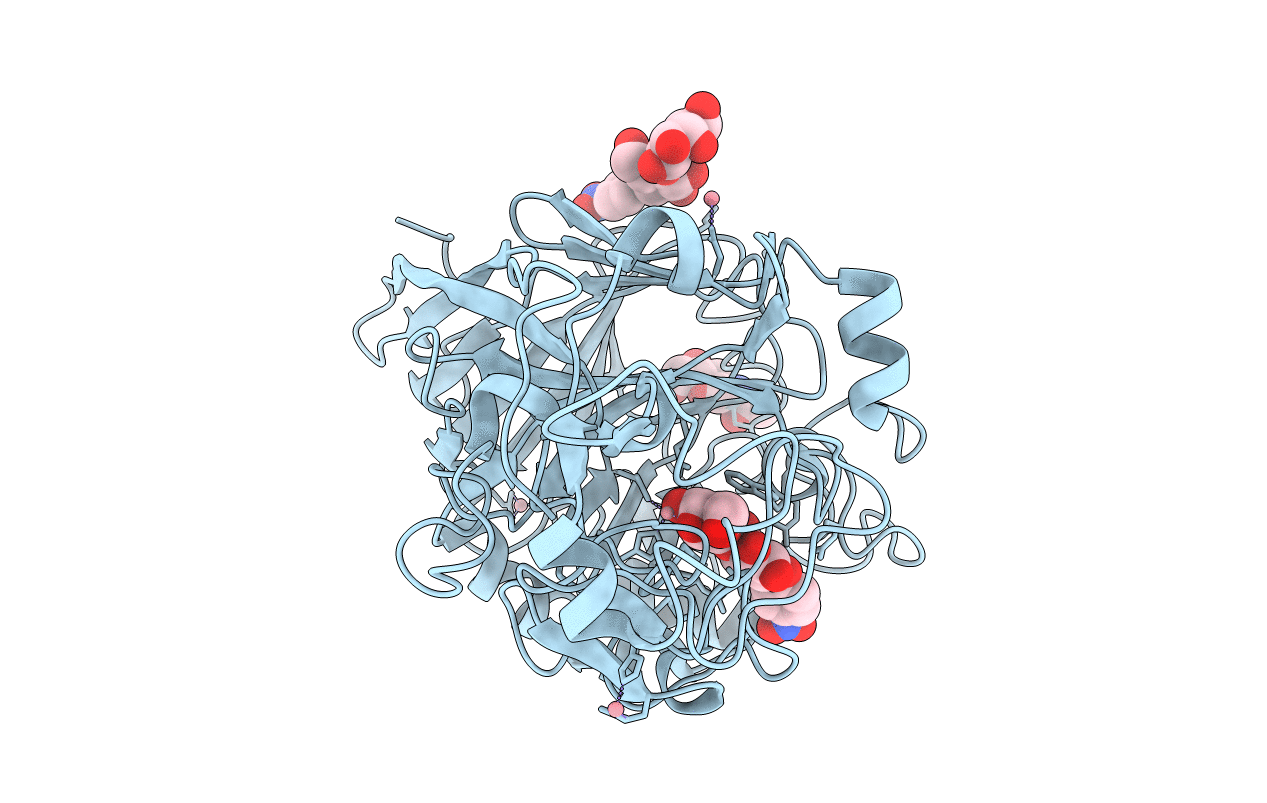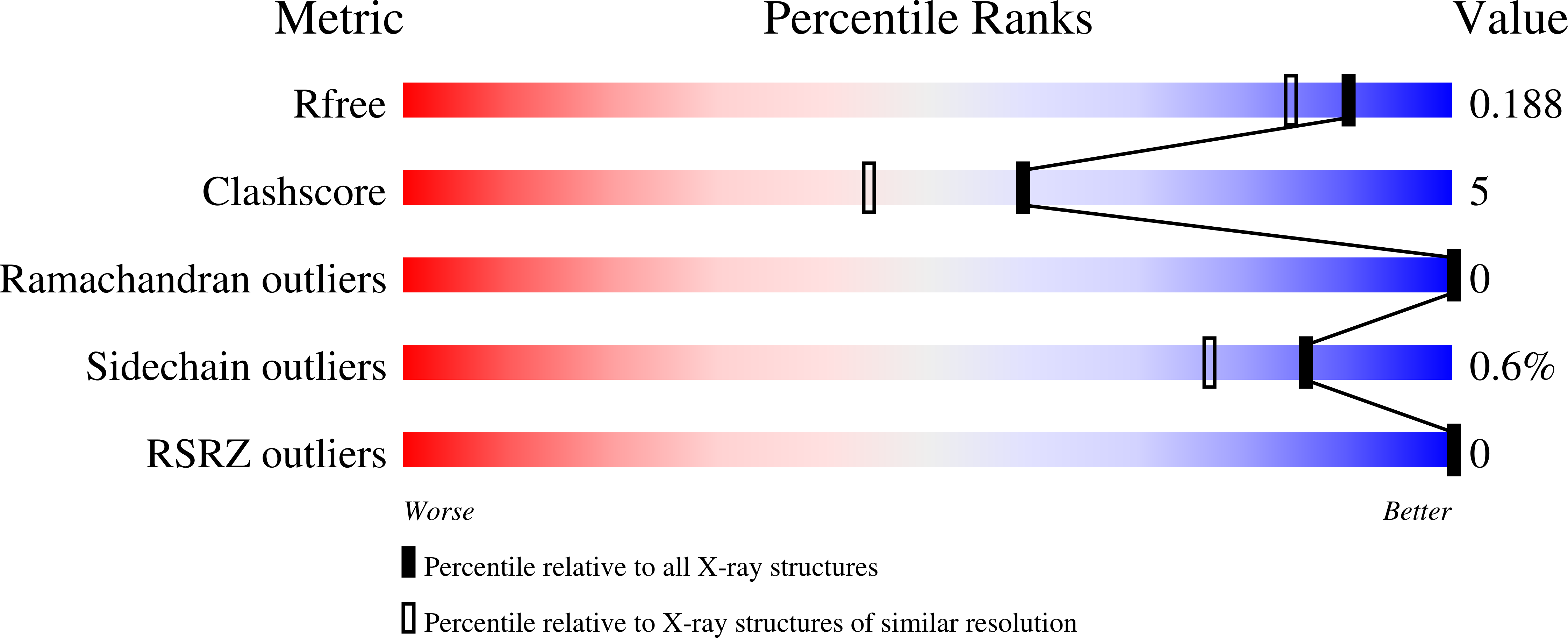
Deposition Date
2021-04-26
Release Date
2022-03-09
Last Version Date
2024-11-06
Method Details:
Experimental Method:
Resolution:
1.60 Å
R-Value Free:
0.18
R-Value Work:
0.15
R-Value Observed:
0.15
Space Group:
I 2 2 2


